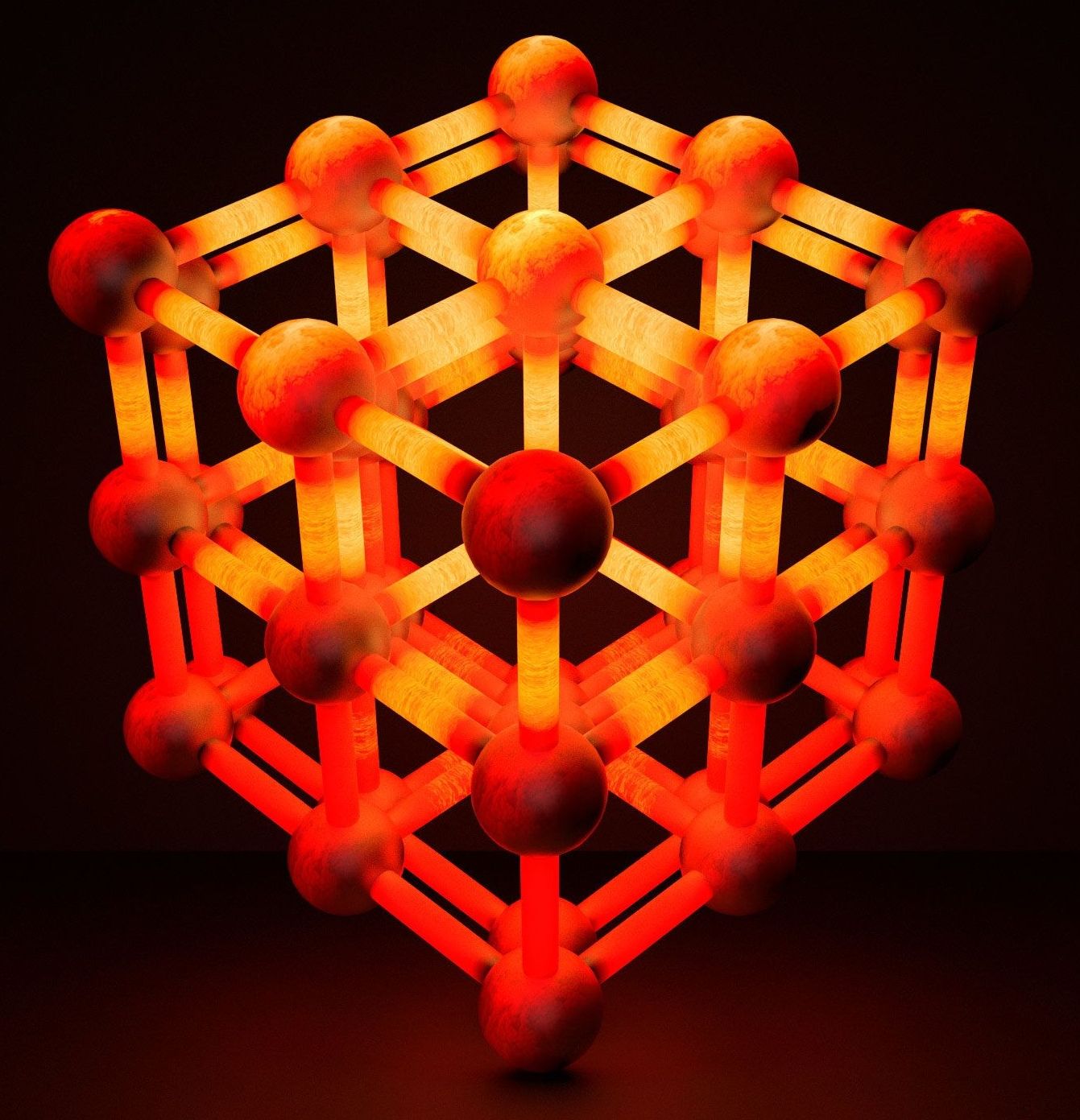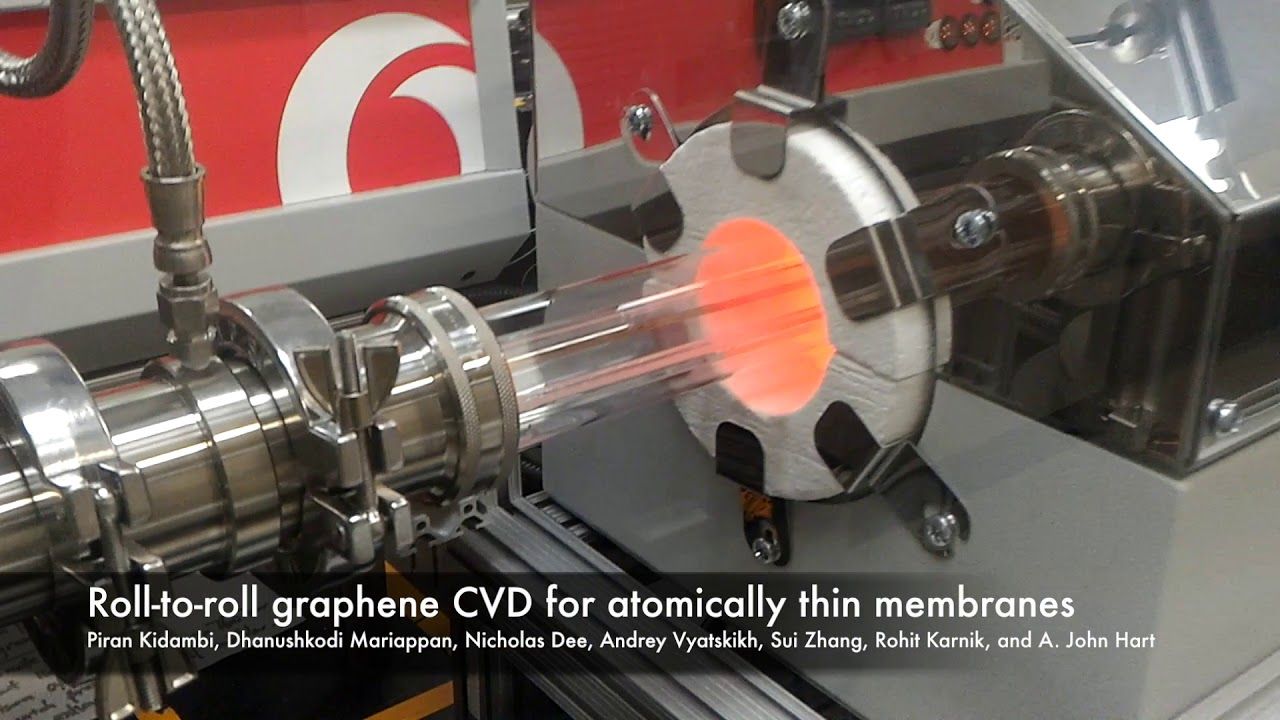
This could be used for hydrogen storage.
Of the four states of matter, gases are the hardest to pin down. Gas molecules move quickly and wildly and don’t like to be confined. When confined, heat and pressure build in the container, and it doesn’t take long before the gas blows the lid off the place, literally. Luckily, gases are superficial. Provide them with an attractive internal surface area, and they’ll pin themselves down in no time. No, it’s not love at first sight, it’s adsorption.
“Adsorption is the processes of gas pinning to the surface of another material—the inside walls of a container, for example,” says Chris Wilmer, assistant professor in Pitt’s Department of Chemical and Petroleum Engineering. “When adsorption occurs, the gas molecules stop bumping into each other, reducing pressure. So, by increasing a container’s internal surface area, we can store more gas in less space.”
Continue reading “Full of hot air and proud of it” »


















